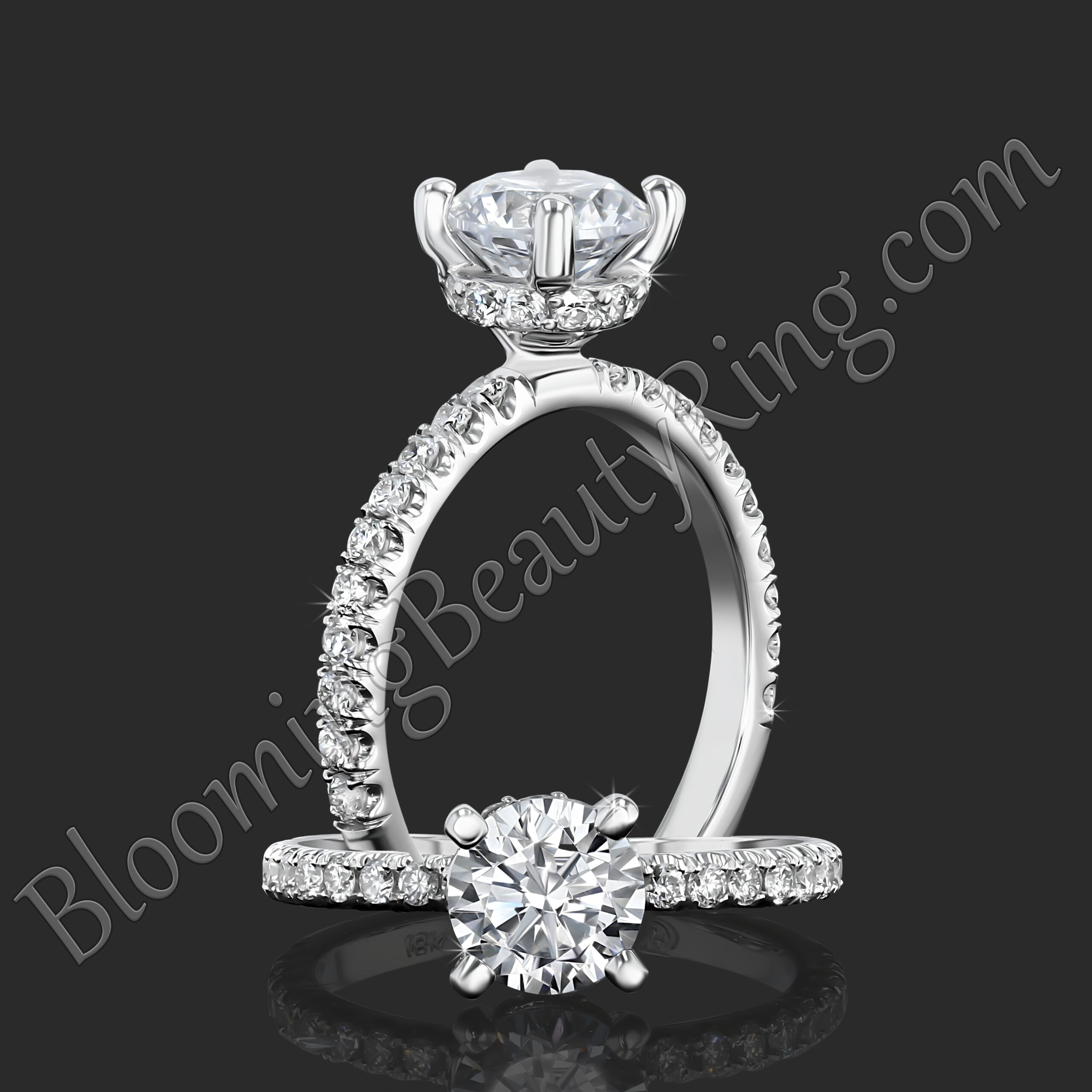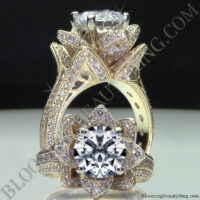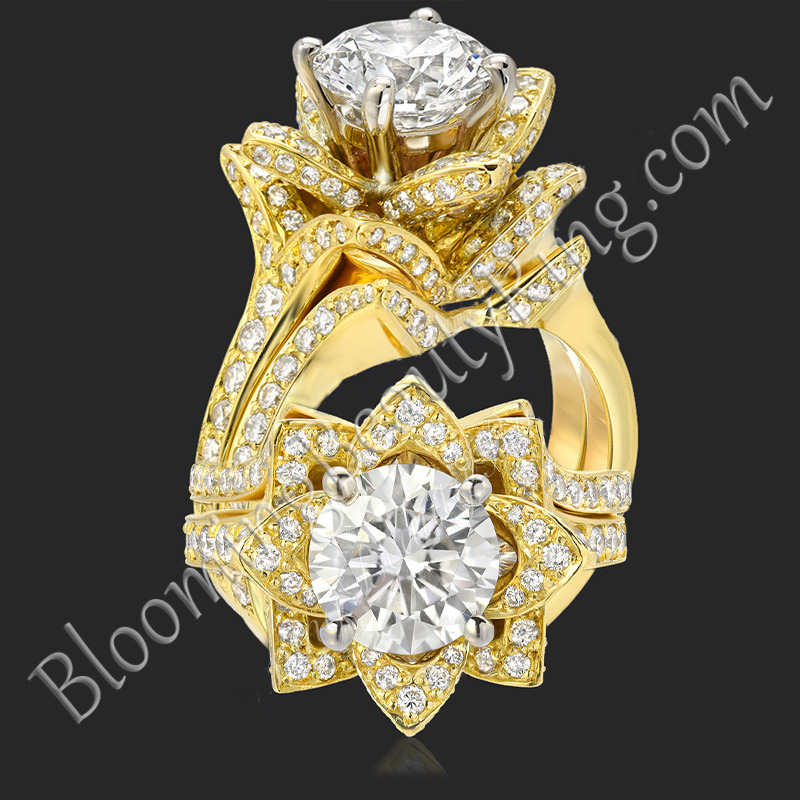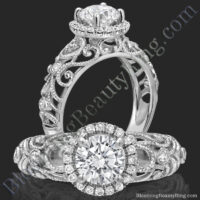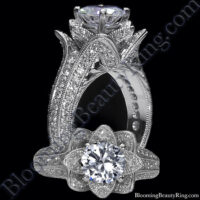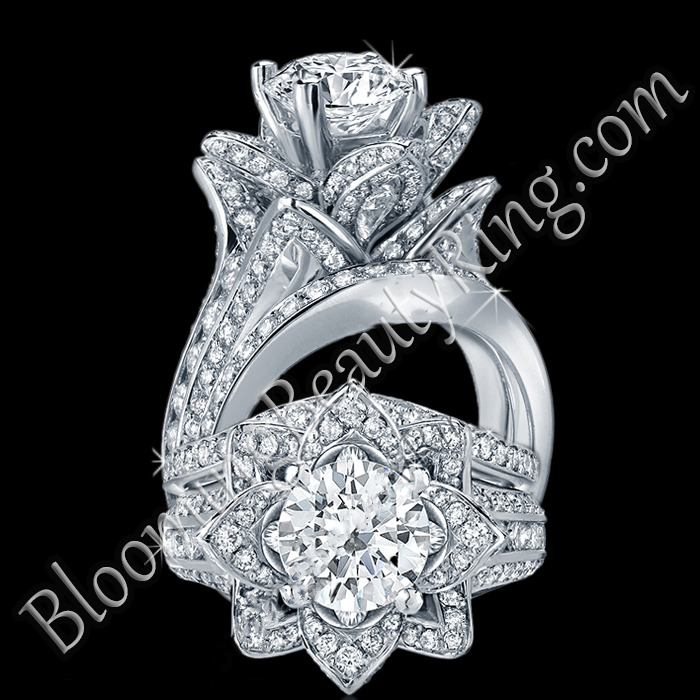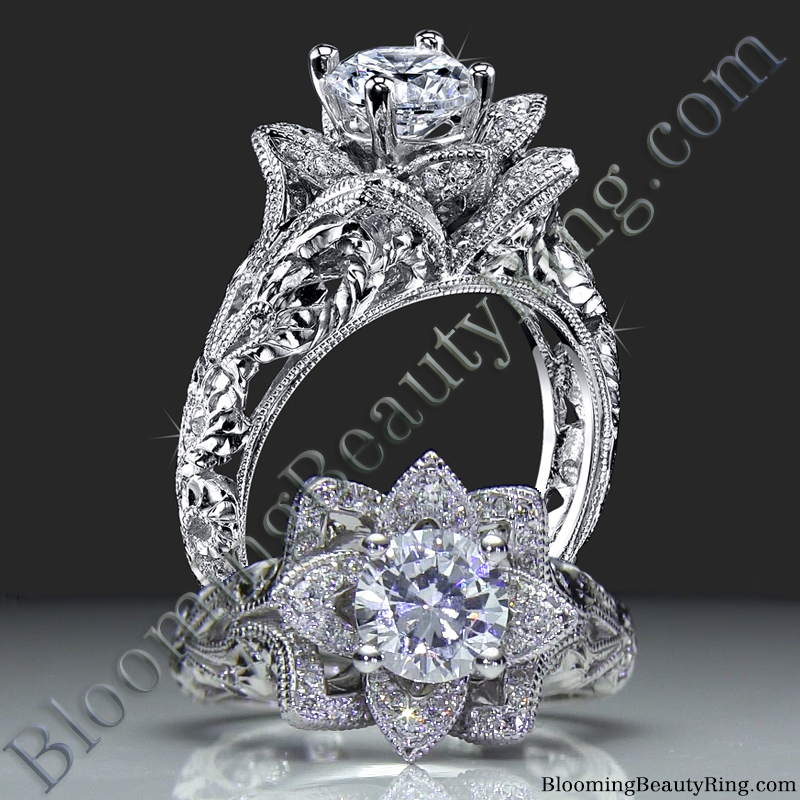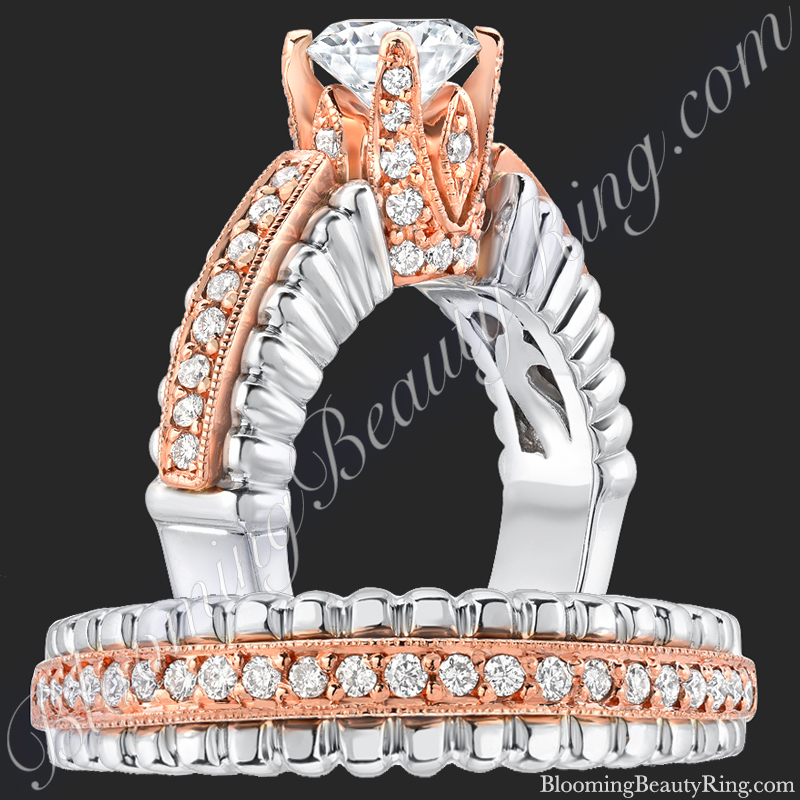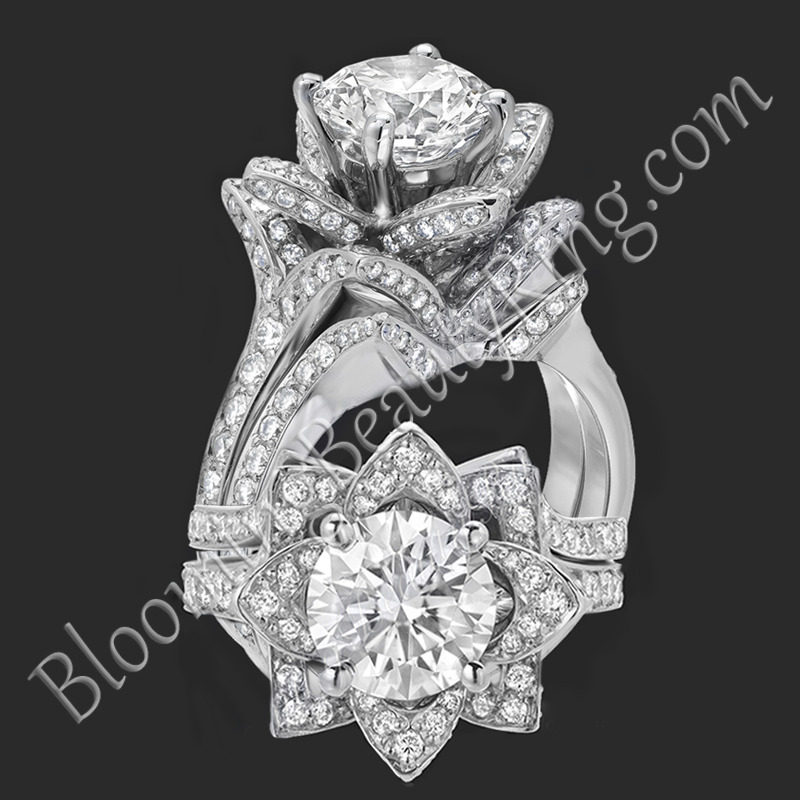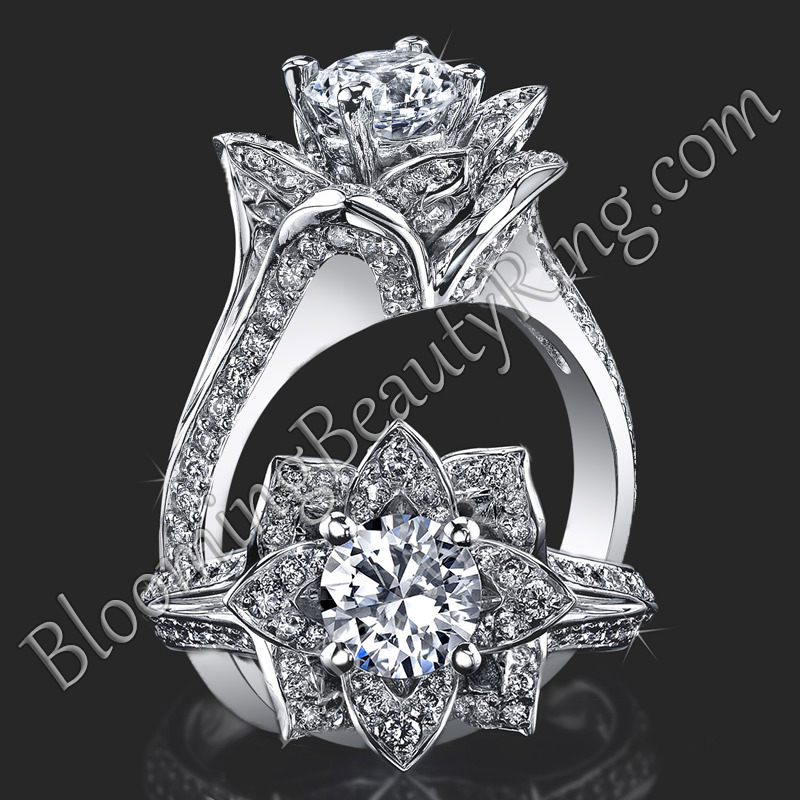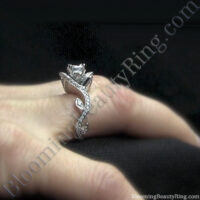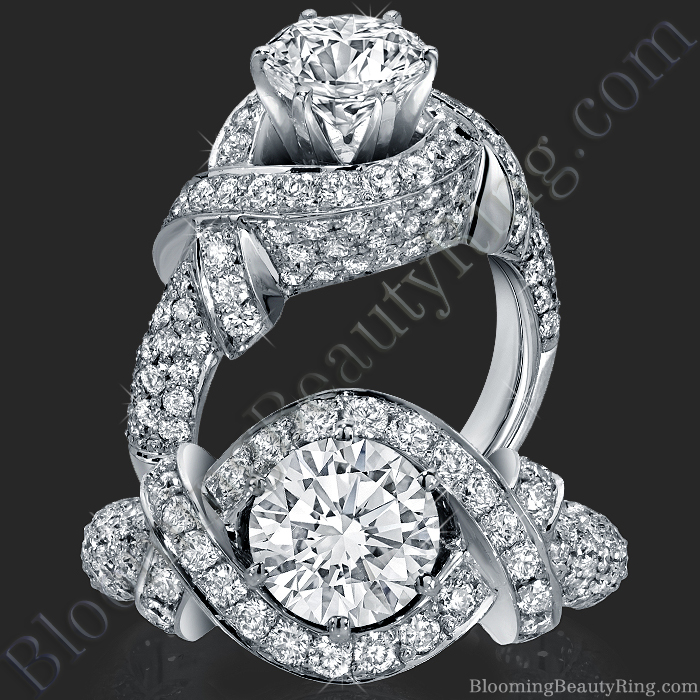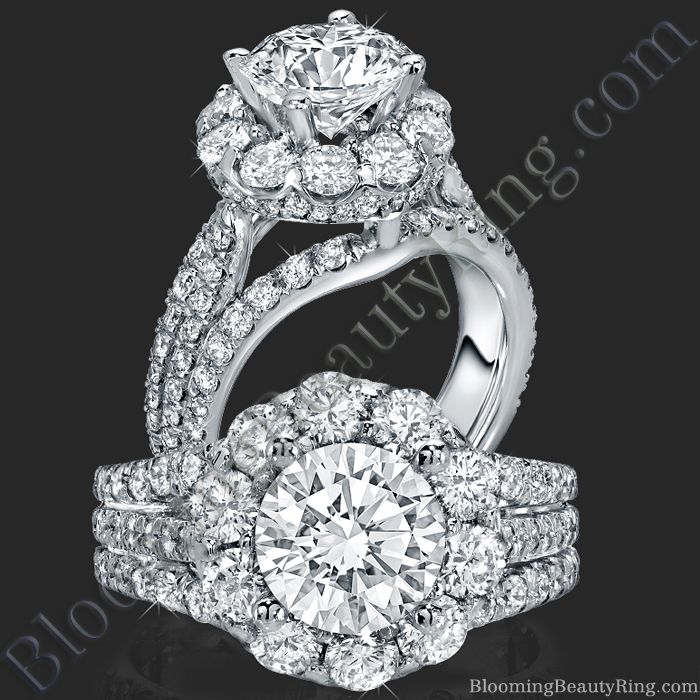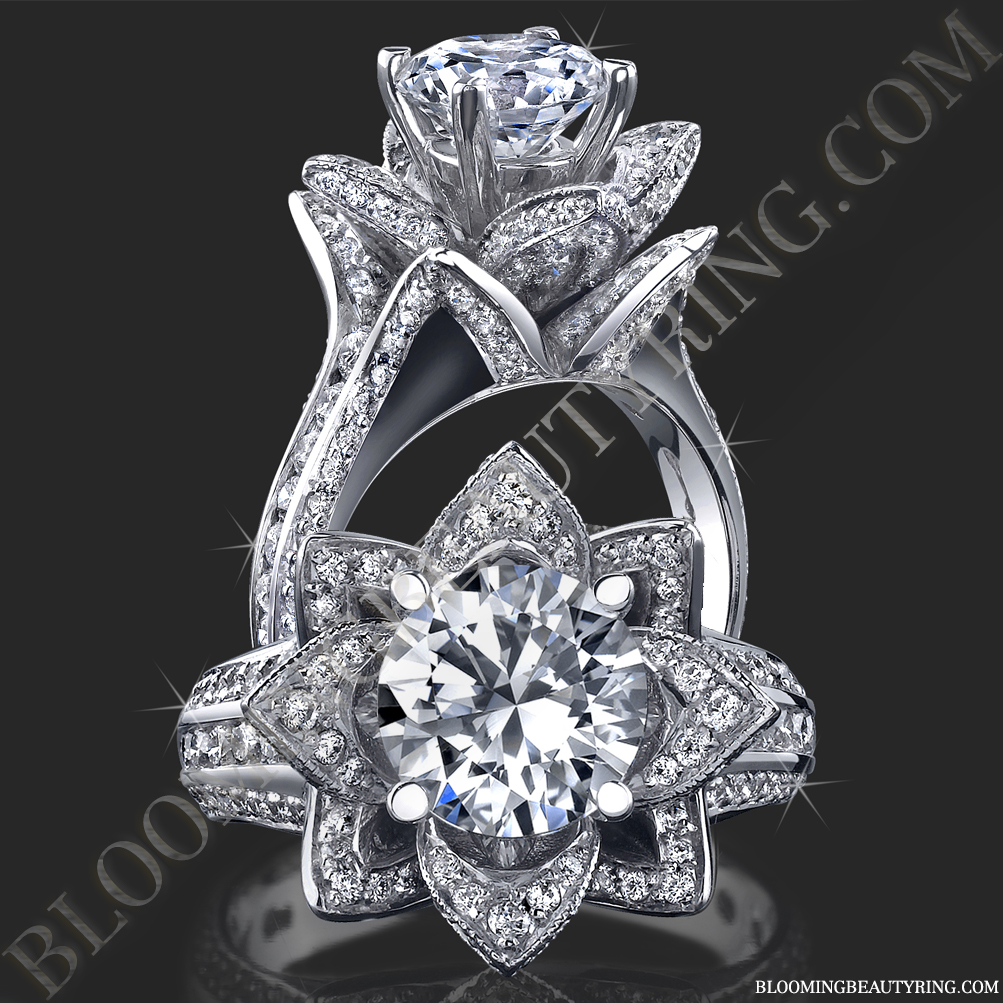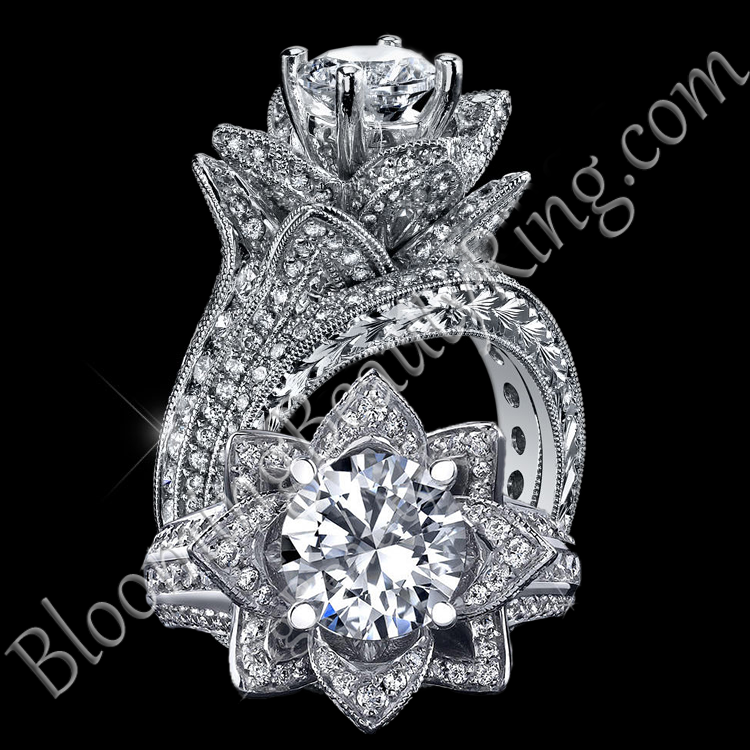How the Fancy Cut Diamonds Came to Be
Some diamond shapes are referred to by the name of their cut, causing some confusion. Princess cut diamonds and Asscher cut diamonds are both square in shape, but each differ in the number of facets and the style they are cut in. Each flat surface of the diamond is known as a facet, crown facets are on the top half of a diamond, and pavilion facets are the bottom half of a diamond. The point where the facets of the pavilion meet is called the culet, if the facets meet at the bottom and leave a flat surface; the diamond has an open culet. Open culets are a key feature of old European cut diamonds. If all the pavilion facets meet in a precise point, the diamond does not have a culet and is graded as PT for point. All diamond shapes other than round are called a fancy diamond cuts or fancy shaped diamond.

The most common reason for a diamond cutter to fashion fancy diamond shapes rather than a circular one is to retain the maximum carat weight. A diamond cutter’s goal is to produce a diamond of the greatest size and weight with the fewest inclusions and the most fire and brilliance. Diamond cutters have fashioned other fanciful and innovative diamond shapes such as cloverleaf diamonds, triangular-shaped trilliant diamonds and kite shaped diamonds. Some fancy diamond cuts are hybrid variations on standard shapes. Other diamond shapes follow the natural crystal formation of the diamond, and a few diamond cutters use new laser diamond saws to take the idea of diamond shapes in a revolutionary new direction. The magic of the diamond cutter’s hand turns an unattractive, cloudy, rough diamond into a beautiful, brilliant work of wearable art.
In the middle of the 17th century, diamond cutters doubled the number of facets on the single cut diamond’s crown from eight to seventeen facets. These first brilliant cut diamonds were called double cut brilliants or Mazarins. Mazarins, named after the Italian ambassador, Jules Cardinal Mazarin, had more fire and brilliance than single cut or Rose cut diamonds of the time. Then a Venetian diamond cutter named Vincent Peruzzi created triple cut brilliants by increasing the crown facets to 33- for a total of 56 facets.
Cushion shaped triple cut brilliant diamonds, also called old mine cut diamonds, have dramatically more fire and brilliance than the double cut and rosette cut diamonds of the time; but an old miner would seem lackluster compared to modern brilliant cut diamond. In the early 1900s, diamond saws and better jewelry lathes enabled diamond cutters to develop modern brilliant diamond cuts. The most popular among them is the round brilliant cut diamond. A brilliant cut uses over 56 precisely aligned and positioned facets to maximize reflected and refracted light in a diamond, this is one of the reasons it’s become the most popular in all diamond engagement rings.
Some of the brilliant cut fancy shaped diamonds such as radiant shaped diamonds, marquise shaped diamonds, pear shaped diamonds,oval shaped diamonds, and heart shaped diamonds may exhibit dark regions in the diamond caused by light leaks in their pavilions, a bow tie shaped area in the center of the diamond is the most common. This characteristic is not reflected on the diamond certificate and can only be judged and evaluated by actually viewing the diamond. The “bow tie effect” pertains to the undesirable area that appears less brilliant and darker than the rest of the diamond and is a characteristic of a poor cut. Once again, this is why it is important to look at the diamond and not just the certificate when making your final decision. Ask your independent jewelry appraiser for help in any questions you have about a particular diamond’s quality of cut.
An emerald cut diamond is known as a step cut diamond shape because the facets are broad with flat planes similar to the steps of a staircase. A step cut is chosen by the diamond cutter to accentuate a diamond’s superior clarity and high color. A step cut diamond does not have a culet or point. Instead, the bottom of a step cut diamond is called the keel. The keel of a step cut diamond should be centered, straight and, pardon the pun, even. Since inclusions and inferior color are more pronounced in step cut diamond shapes, VS2 or better diamond clarity and G or better diamond color is recommended for an engagement ring.
Polish is another important factor when choosing a step cut diamond. Step cut diamonds with an excellent polish grade will have the most luster. Other diamond shapes with a step cut include Asscher cut diamonds, baguette, triangle (or trilliant cut diamond), kite, and trapeze (trapezoid). Unlike fancy brilliant cut diamond shapes, a step cut diamond will not have an undesirable bow tie effect. Off-center keels in step cut diamonds are a sign of a poor make or lower cut quality diamond. Ask your independent jewelry appraiser for help in any questions you have about a particular diamond’s symmetry.
Accent or side diamonds smaller than a quarter carat are called melee. Melee diamonds are 0.0025ct to 0.22ct in size, have the same number of facets and are graded in the same way that larger diamonds of the same shape are graded. Round melee can be full brilliant cut with 58 facets or single cut (16 facets). Diamond melee is graded by its clarity, color and cut. The quality of these factors determines the value of diamond melee.


